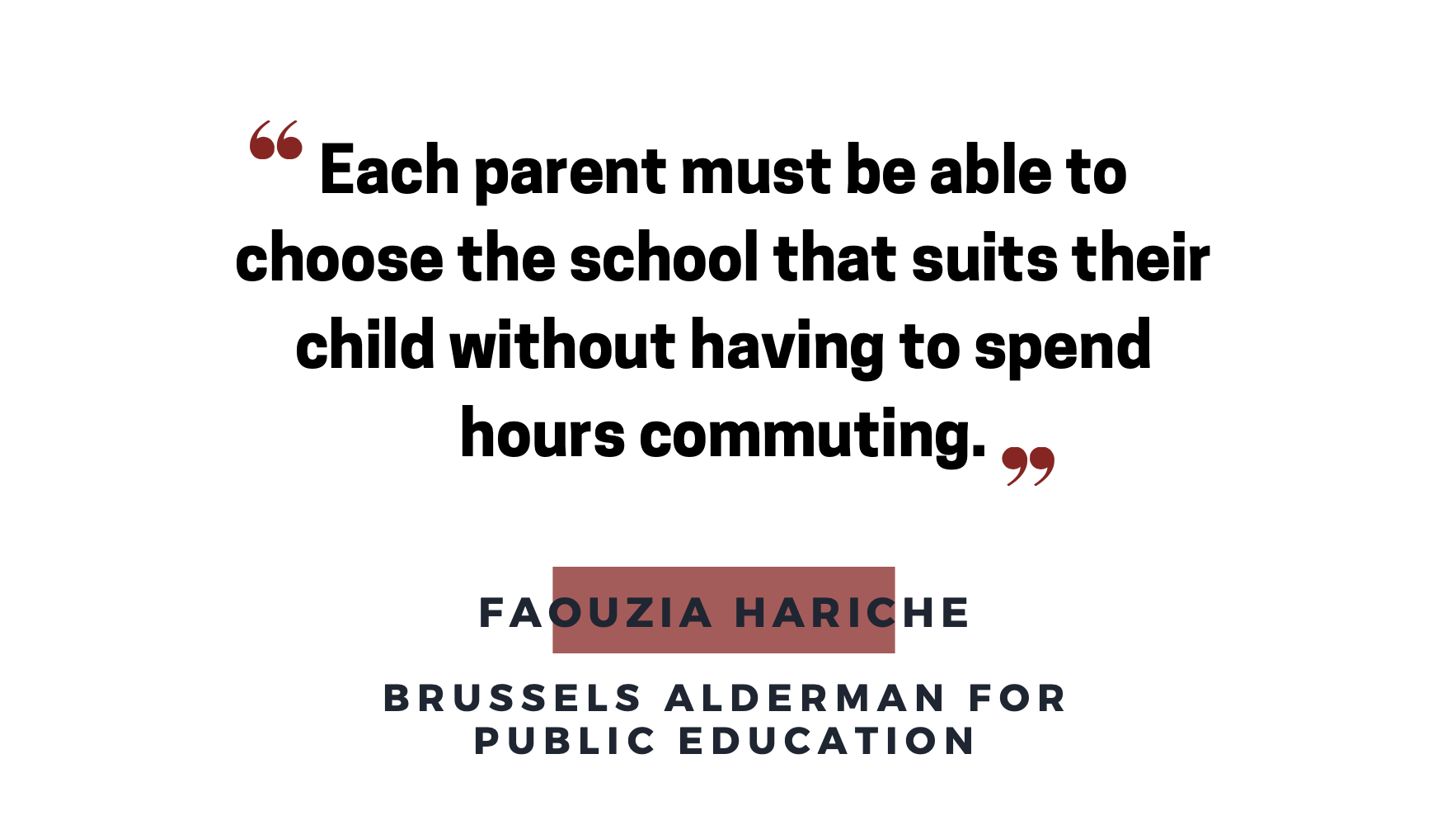A hidden green space next to Brussels' Royal Park of Laeken rose from obscurity in the last few years as it became the centre of a disagreement between locals and the regional government.
The dispute? What to build on Donderberg, one of the last genuinely wild spots in Brussels.
Previously part of the Royal Trust, Donderberg became home to foxes, ferrets, frogs and numerous bats after it was acquired by the City of Brussels and left to grow for decades.
"Because the grounds went years without human interference, it became one of the few places in the city where wilderness was left to grow. That means there is unique biodiversity here which we want to preserve," Serge Malaisse, one of the founders of the non-profit organisation Laeken.Brussels, told The Brussels Times.
This unique biodiversity is one of the many reasons Laeken.Brussels set up the Save Donderberg initiative, which joined forces with residents and other associations to urge the regional authorities to preserve the location and make Donderberg fully accessible to the general public.
A battle for Donderberg
The Brussels Regional government shares this desire to open up Donderberg to the public, but that's where the similarities end, as the region aims to trade fauna for function.
Over the last decade, local authorities have proposed four different building plans, which originally included the construction of a school with:
- 240 nursery school and 432 primary school places;
- over 100 parking spaces;
- 75 houses.
After years of protests from locals and the organisations, the final plans (for the project titled HOP4) include:
- a primary school (with the same capacity);
- a sports hall;
- the construction of eight houses;
- 17 underground parking spaces.
The plan for the construction of the primary school was first proposed in 2011 in response to the population boom, including an influx of young people, in the statistical neighbourhood of "Houba," where Donderberg is located.
"Regional monitoring (figures for 2019-2020) indicates that the Houba neighbourhood still suffers from a major shortage of school places: 250 in nursery and 450 in primary schools," Faouzia Hariche, Brussels Alderman for Public Education, told The Brussels Times.
Hariche added that, based on IBSA's figures which project an increase of young people in the region, there will be a significant shortage of primary school places in the Brussels region in the coming years, and highlighted that "not all places that are being created are in the areas that need them most."
"There are imbalances in school places that need to be corrected, particularly in the north of Brussels. It is our responsibility, as a public authority, to meet the needs of the population and to make up for this shortage by offering local infrastructures to our inhabitants," Hariche said.
According to those looking to keep the area wild, the argument of a lack of schools in the Houba district is based on calculations that don't take into account the number of schools or places in nearby districts with fewer children of these age groups. By "looking at the statistics from a different angle, it is clear there are sufficient options for schooling in the area," Malaisse argued.
To Hariche, however, the needs of a community should be analysed at a neighbourhood level to be the most effective.
"What Laeken resident would want to take their child to the other side of Brussels every morning? Each parent must be able to choose the school that suits their child without having to spend hours commuting," she explained.
Opposition from locals
Local residents have voiced concern that the construction of a new school will result in increased traffic from cars in the neighbourhood, but according to Hariche, this should not be a concern due to many would-be students coming from the local area.
"As far as mobility is concerned, 48% of children in Laeken schools come on foot, 30% by public transport, and just 22% by car, compared to a regional average of 43%. We will also create pedestrian and bicycle routes and develop a school travel plan that encourages soft mobility for both staff and pupils," Hariche added.

Credit: Save Donderberg
In the end, over 430 people responded to the public enquiry about the project, and over 7,000 signed a petition in favour of preserving Donderberg, but it wasn't enough. On 14 April 2021, the Brussels' Consultation Committee overlooking the project decided that the authorities can construct the school, but that some adjustments, including access to the site, have to be made to the plans.
While the concessions aimed to address some of the concerns of the opposition, Malaisse argued that it is impossible to construct the school whilst respecting the policy of protecting the environment. The uniqueness of the biodiversity comes from the interaction of the field and tree biotopes, and if "a building is constructed in the open space, this interaction disappears," he explained.
"When the final go-ahead for the project has been given, we may decide to go to court over it," he added.
So, despite the decision from the Committee, which Malaisse emphasised is still up for amendment, it seems that an end to the decade-long feud over Donderberg is not yet in sight.
It has just moved to a new phase.



